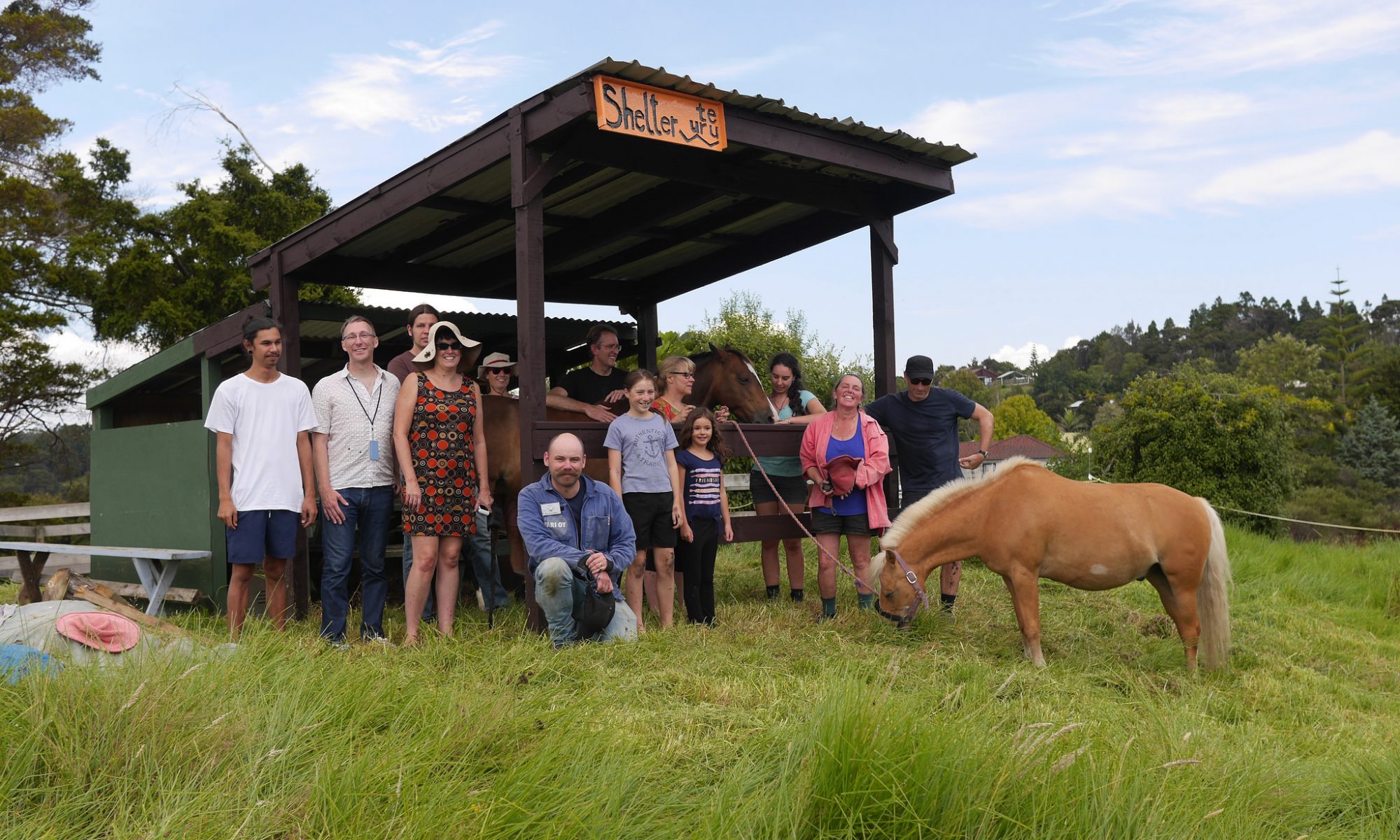Sonic Arts Union: David Behrman, Alvin Lucier, Gordon Mumma, Robert Ashley (in memoriam) concert series at the Issue project room was a positive experience. It was exiting to see Mumma perform live. The event served as proof of the grandeur of the New York electro-acoustic scene and movement. The sounds came from a niche and approaches to music were theoretical but the event still attracted active audiences, who engaged with the pieces. Robert Ashley’s 1993 work Love Is A Good Example was the most easiest piece to approach (I should start making spoken word pieces). David Behrman’s Long Throw was a nice ending for the evening but it felt too picturesque. The blues guitar riffs were too much for me.
Joined the On Whiteness: The Reading Group on Saturday at Helena Anrather. The event was hosted by Maria Hupfield and Jason Lujan of the Native Art Department International. We read a mixture of texts, the longest was Andrea Smiths’ Heteropatriarchy and the Three Pillars of White Supremacy in which she defines three axises trough which white supremacy engages with non-whites:
- Slavery/Capitalism. After slavery ended, the Prison Industrial Complex started.
- Genocide/Colonialism. Indigenous people must disappear so that their land can be claimed with out opposition.
- Orientalism/War. US need to be in war with “exotic countries” so that they can proof that “exotic” are not US. US is defined by war, it needs conflict with to exist.
The text also defined heteropatriarchy as a building block of White-America: When nuclear families are set as a norm, it becomes easier to implement hierarchical organisational models upon indigenous communities. She identifies “family” as a technology and argues that in Christian-Americas emphasis on family (and the families right for privacy) results into a lack of interest in public, shared infrastructure: Suburban mindset is a disinvestment. The discussions centred on the topics of forced whiteness and passing. Learning about passing from the indigenous perspective was particularly interesting: Indians are often treated as white because white supremacy want to see indigenous people disappear, to claim their lands.
During the reading group the problematic case Andrea Smith claiming to be a Cherokee were not discussed. More on these issues: Open Letter From Indigenous Women Scholars Regarding Discussions of Andrea Smith (2015). Discovered the Native Land map, a mapping system made to further acknowledgement of indigenous presence in America. Trough this source I learned about the Lenape and the Canarsie who’s land I now live on. The Lenape article is an interesting read.

